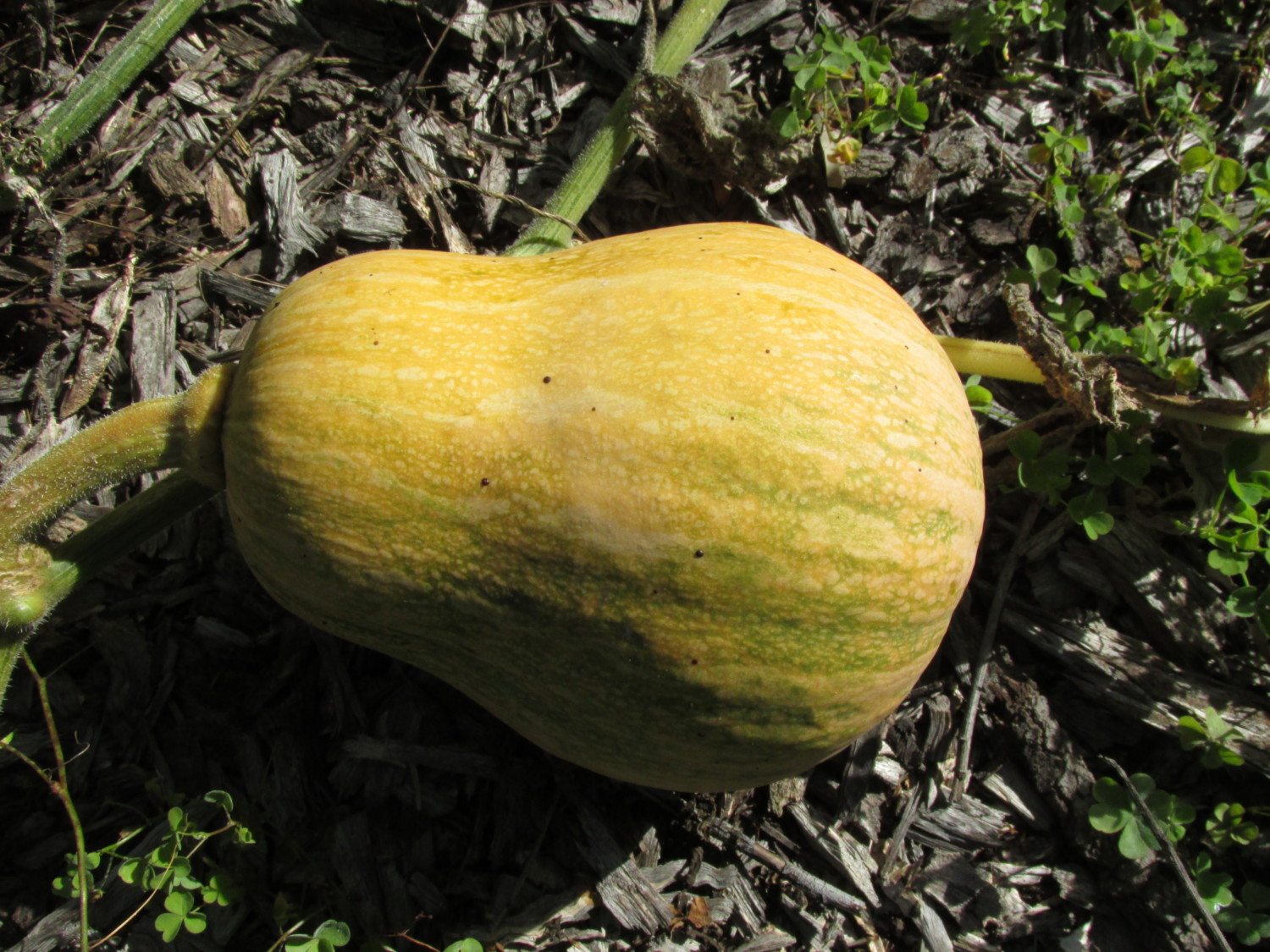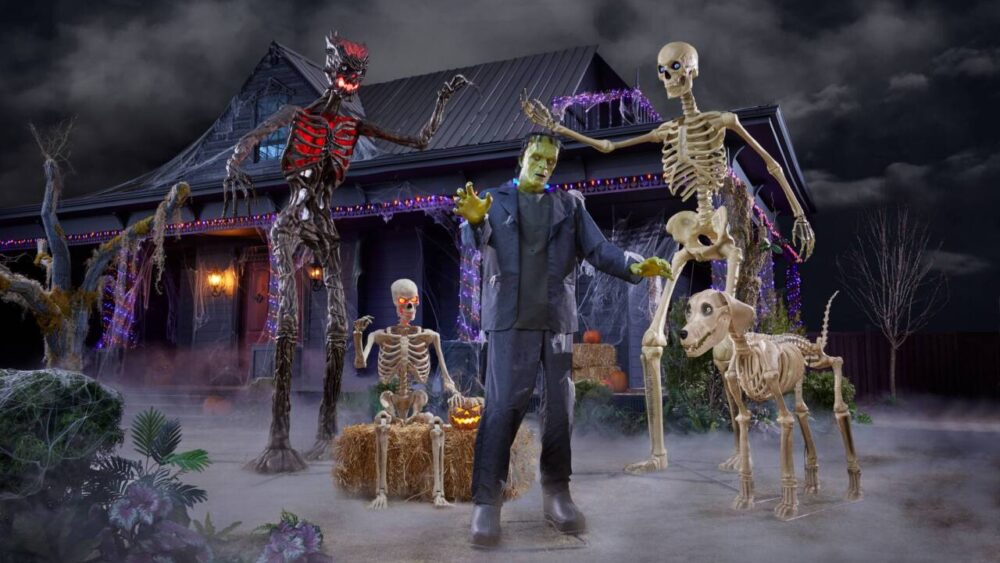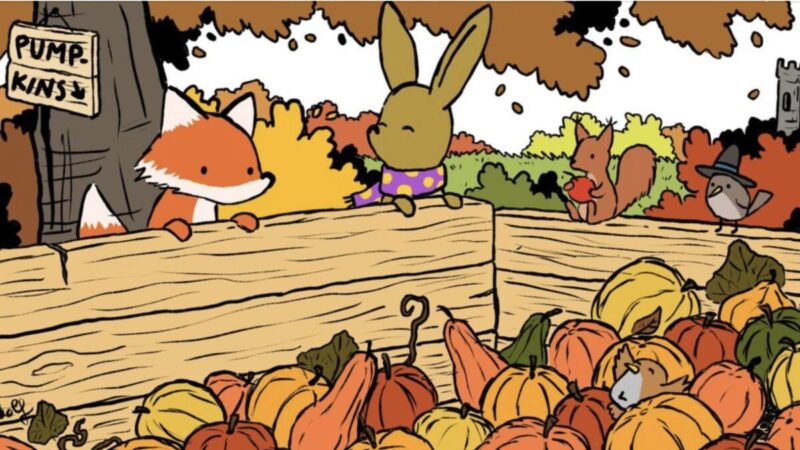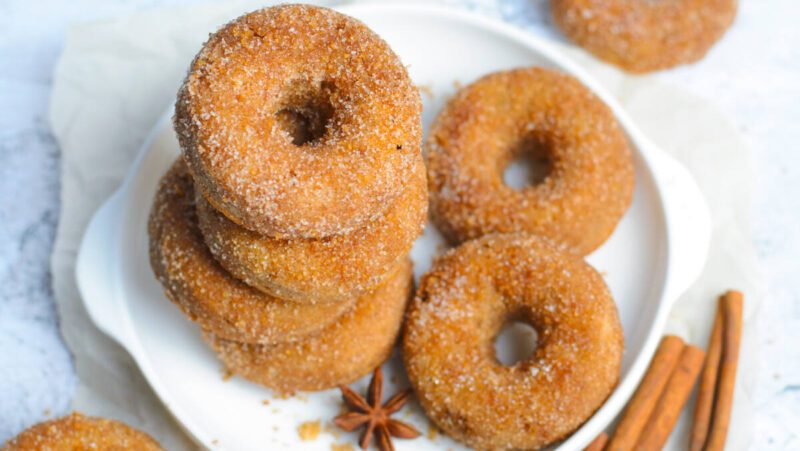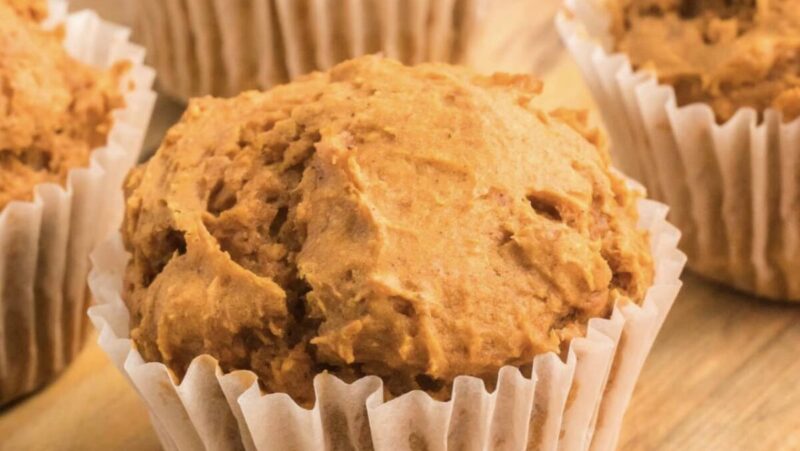Wait, What?! Pumpkin Pie Isn’t Made With The Pumpkins We Carve For Halloween?
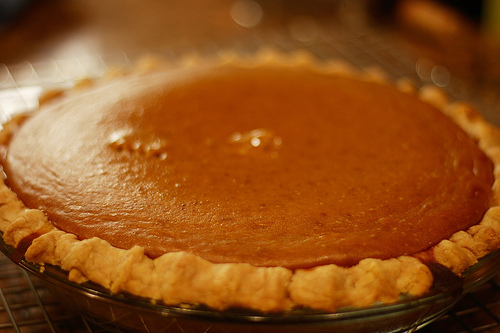
This morning, I went to 7-Eleven—a cheaper version of Starbucks, in my opinion—to grab a pumpkin spice latte. The smell and taste reminded me of Thanksgiving dinner, with the smooth and creamy pie making my stomach happy and filling me with joy. When I drank it, I didn’t care about anything else, including where the “pumpkin” in my pumpkin spice really came from.
And then I read this article on Food & Wine, and—like the F&W writer—I’m now questioning my own existence.
Why, you ask? Because the canned pumpkin we’ve been eating in our pumpkin pie, the basis for all things pumpkin-flavored, isn’t made with the type of pumpkin we’ve been envisioning all this time.
For most Americans, when we hear the word “pumpkin,” we envision the produce we carve into funny-looking jack-o’-lanterns for our front porches.
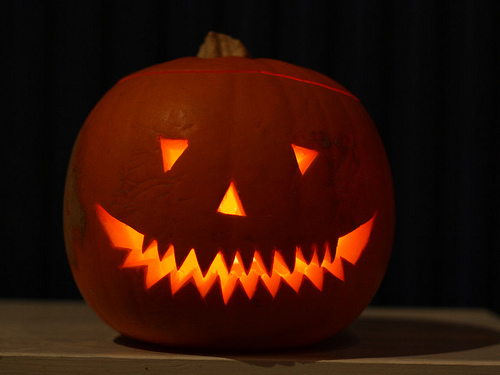


That classic pumpkin image we see is a variant of the gourd species Cucurbita pepo. It’s mostly hollow inside and about 90 percent water, which makes it a perfect pumpkin for carving but not so much for eating.
It turns out that another species of gourd, Cucurbita moschata, is the main ingredient in most canned pumpkin sold in the U.S. Butternut squash is one type of Cucurbita moschata, as are lesser-known gourds such as Long Island cheese pumpkin and aehobak (also known as Korean zucchini).
Libby’s, the most famous brand for canned pumpkin in the U.S., actually developed its own Cucurbita Moschata squash—a strain of a “Dickinson pumpkin”—to use in its products. Libby’s sells about 85 percent of all canned pumpkin pie filling sold in the U.S.
Gourd terminology, it turns out, is like the inside of a pumpkin: messy. For starters, all pumpkins are technically squash. Further, what you think of as a gourd vs. a pumpkin vs. a squash has to do with where you live and how detailed into plant families, genus and species you want to get.
Since the line between what constitutes a squash and a pumpkin is pretty blurred, it’s logical and perfectly legal for companies to advertise their products as “pumpkin” though the pumpkin in use may look more like what we would in everyday parlance call a “squash.” It’s still a pumpkin, but it’s also still a squash.
Ultimately, we should be glad we’re eating squash pie instead of jack-o’-lantern pie. The produce we typically call “squash” is creamier and sweeter than the pumpkins we carve into jack-o’-lanterns, and less watery, too.
Photo by browniesfordinner


